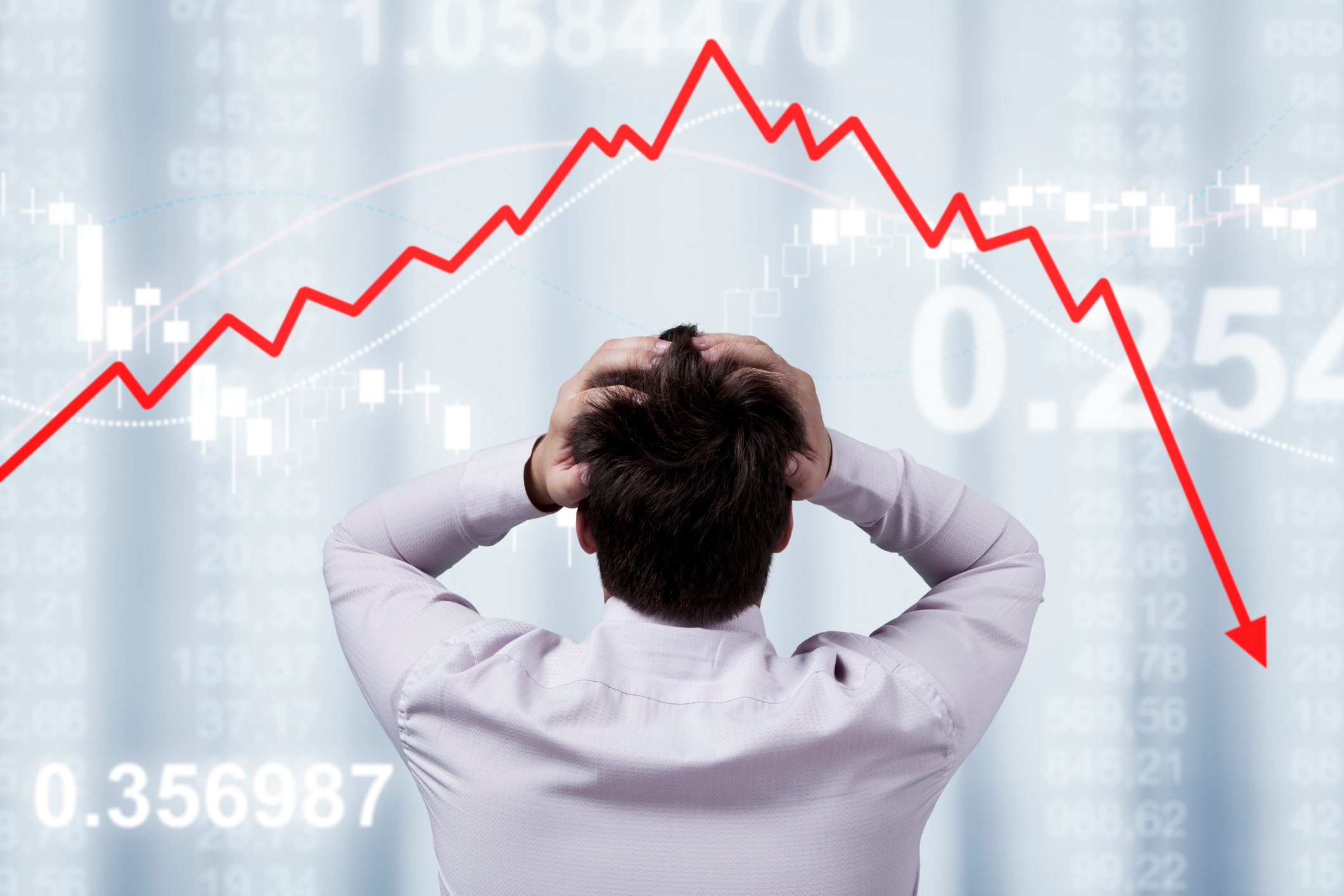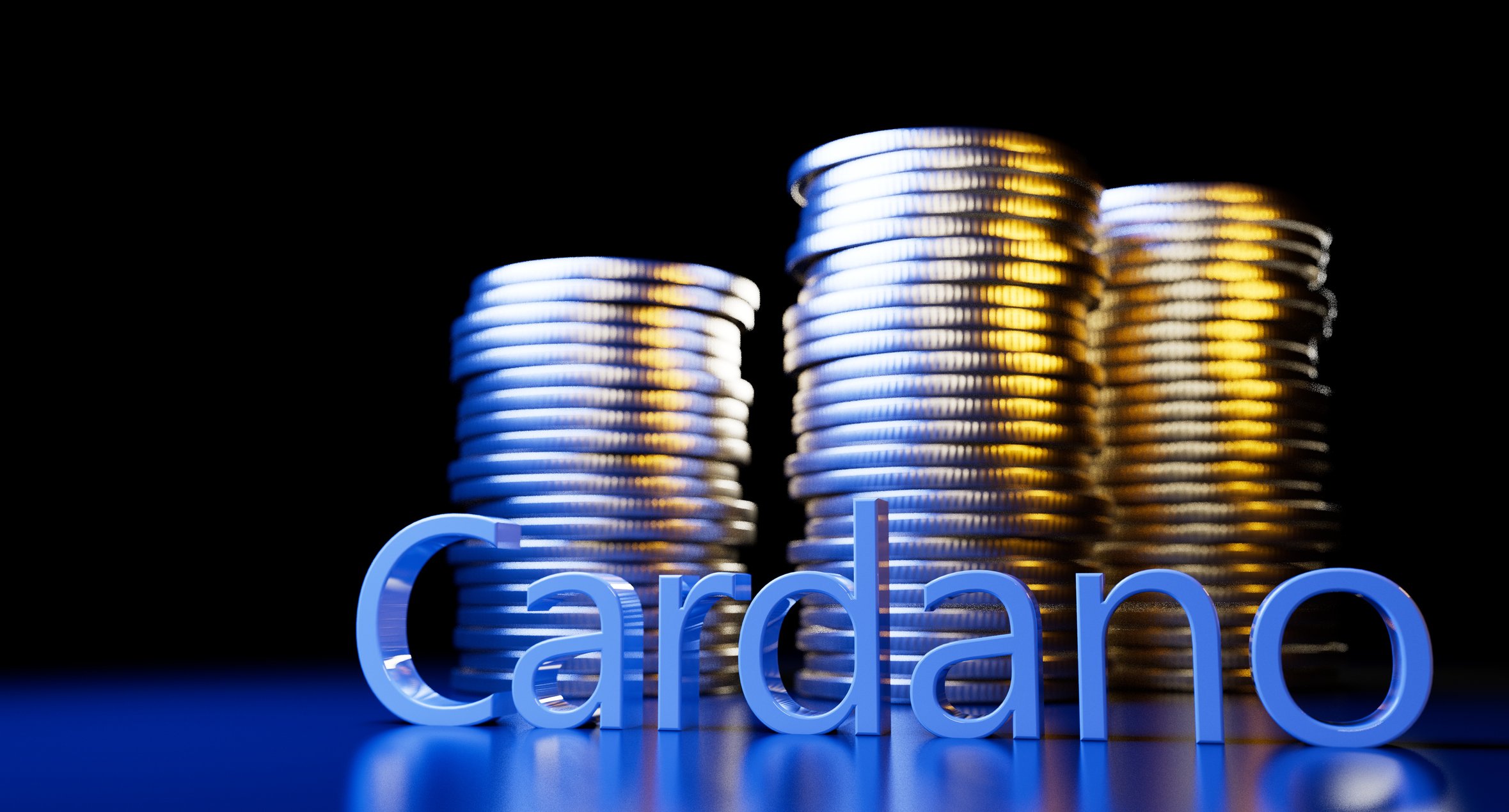There are thousands of cryptocurrencies, and the sector has achieved far more than most could have ever imagined. Most cryptocurrencies are not investable, in my opinion, given that they have no unique use case. But there is a group of cryptocurrencies that are very intriguing. That doesn't necessarily mean they will all succeed, but they are definitely worth a look.
Cardano (ADA 1.65%) falls into this category. The token operates on its own network, which has many attractive qualities. Since launching in 2017, Cardano is up more than 630% (as of July 17). Could a $10,000 investment in the token turn into $1 million by 2035?
A very strong technical network
Not all cryptocurrencies run on their own network. Many are built on other networks, with Ethereum leading the way. Not only does Cardano have its own crypto network, but it's one of the few to operate under a proof-of-stake (PoS) consensus mechanism. Cardano's network has also become a popular place for developers to build decentralized applications.

Image source: Getty Images.
Several notable blockchains like Ethereum converted to PoS after realizing how energy-intensive the traditional proof-of-work consensus mechanism that Bitcoin uses had become. Under PoS, the network randomly selects ADA token holders to validate and mint new blocks, with those that stake more tokens having a higher chance of getting selected.
In addition to PoS, Cardano is known for its ability to process many transactions per second (TPS), a somewhat unique quality among blockchain networks. For instance, Bitcoin can only process seven to 10 TPS. For a network to scale and ideally serve as a large payments rail, it needs to process many TPS. Cardano can currently process about 250 TPS, according to various sources.
But the network's potential is much higher. A few years ago, the Cardano developers created a Layer-2 solution called Hydra, which effectively allowed the network to send transactions off-chain to what the developers called "Hydra Heads." The purpose is to enable the network to run more efficiently and scale. In fact, Cardano earlier this year managed to process 1 million TPS during a gaming event by utilizing Hydra, a significant TPS milestone within the crypto ecosystem.

CRYPTO: ADA
Key Data Points
One downside of Cardano -- or at least not an advantage -- is the large supply. According to CoinMarketCap, there are 35.4 billion Cardano tokens in circulation and a maximum of 44.99 billion that can ever be minted. Cardano tokens are regularly removed from circulation, but it's unclear how long it will take to reduce the supply to a point where investors see an attractive supply-and-demand dynamic. One of the reasons investors love Bitcoin is because of its finite supply of 21 million tokens.
Can Cardano grow 10-fold during the next decade?
The short answer to the 10-fold question is that I don't know. Cryptocurrencies are a relatively new sector, they don't generate cash flow or earnings like a publicly traded company, and there aren't a lot of proven valuation methods.
Predicting long-term price targets is really a fool's errand. I think investors interested in cryptocurrencies should look for those with strong networks from a technical perspective or that have strong use cases. Cardano definitely operates on a strong network, with its PoS model and ability to process many TPS per second.
However, given that there are many strong, competing blockchain networks and not a ton of great ways to value a token's overall market cap, I think investors need to remain cautious. Like many cryptocurrencies, Cardano has been volatile, so a smaller, speculative position is best for right now.







